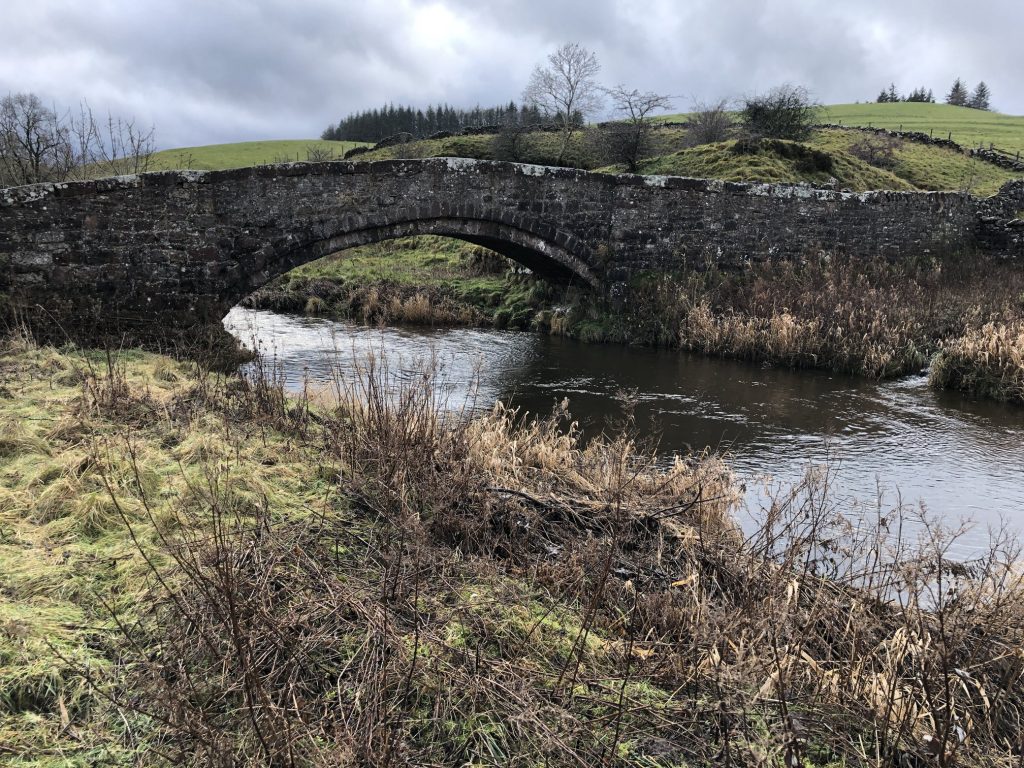South-west out of Ravenstonedale, on to the grasslands of the Howgill Fells, and all the way up to Green Bell via Knoutberry. North past Stwarth to the village of Newbiggin-on-Lune, then north-east along the dismantled railway line to Smardalegill Viaduct. South-west to Smardale Bridge, then south back to Ravenstonedale. A 10-mile walk in the Yorkshire Dales.

Recommended Ordnance Survey Map
The best map to use on this walk is the Ordnance Survey map of the Howgill Fells & Upper Eden Valley, reference OS Explorer OL19, scale 1:25,000. It clearly displays footpaths, rights of way, open access land and vegetation on the ground, making it ideal for walking, running and hiking. The map can be purchased from Amazon in either a standard, paper version or a weatherproof, laminated version, as shown below.
Standard Version
The Black Swan in Ravenstonedale.
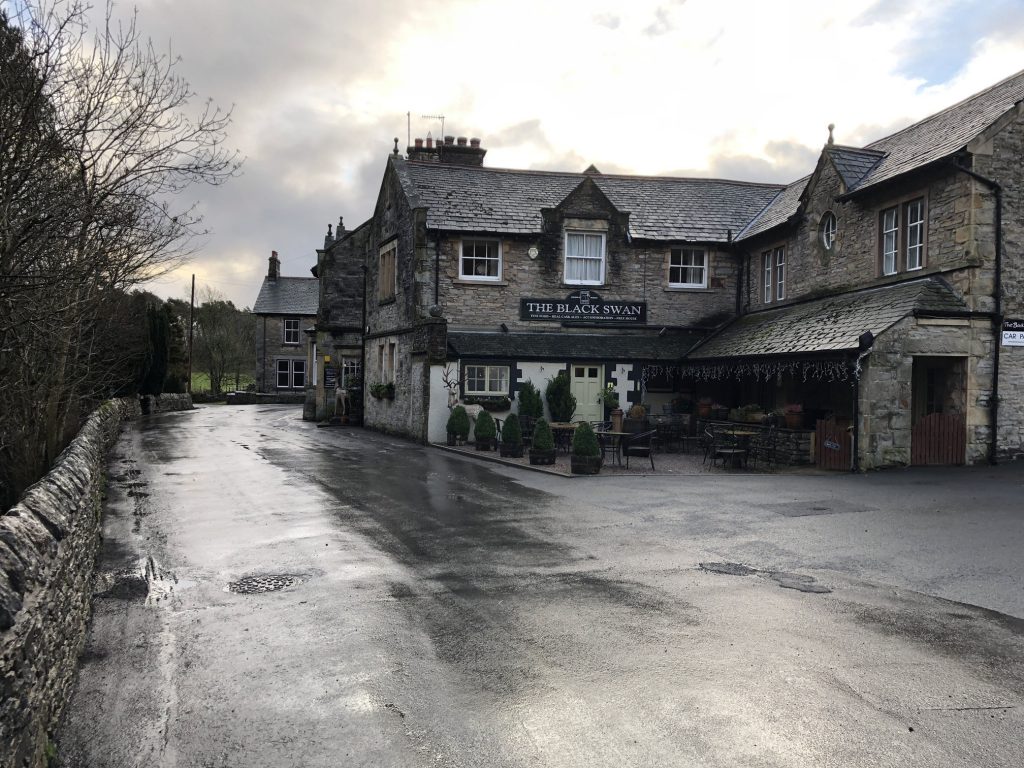
Ravenstonedale High Chapel.
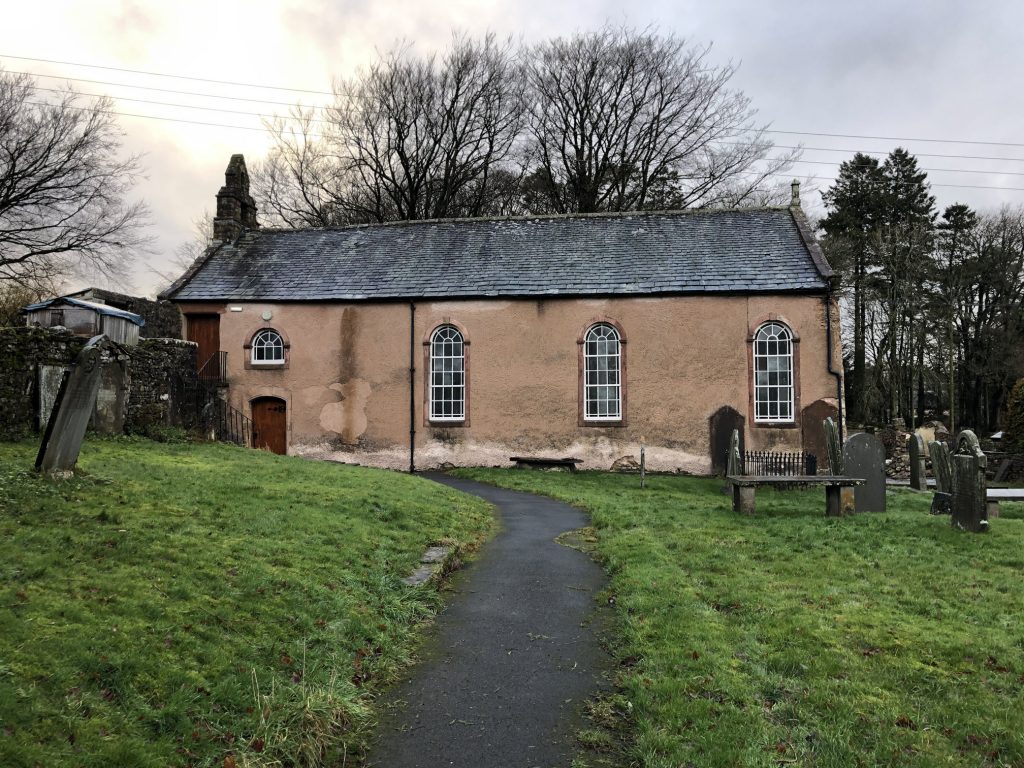
Stone bridge at Town Head, Ravenstonedale.

Public footpath to Green Bell, Howgill Fells. The path eventually narrows and practically disappears, making navigation difficult.
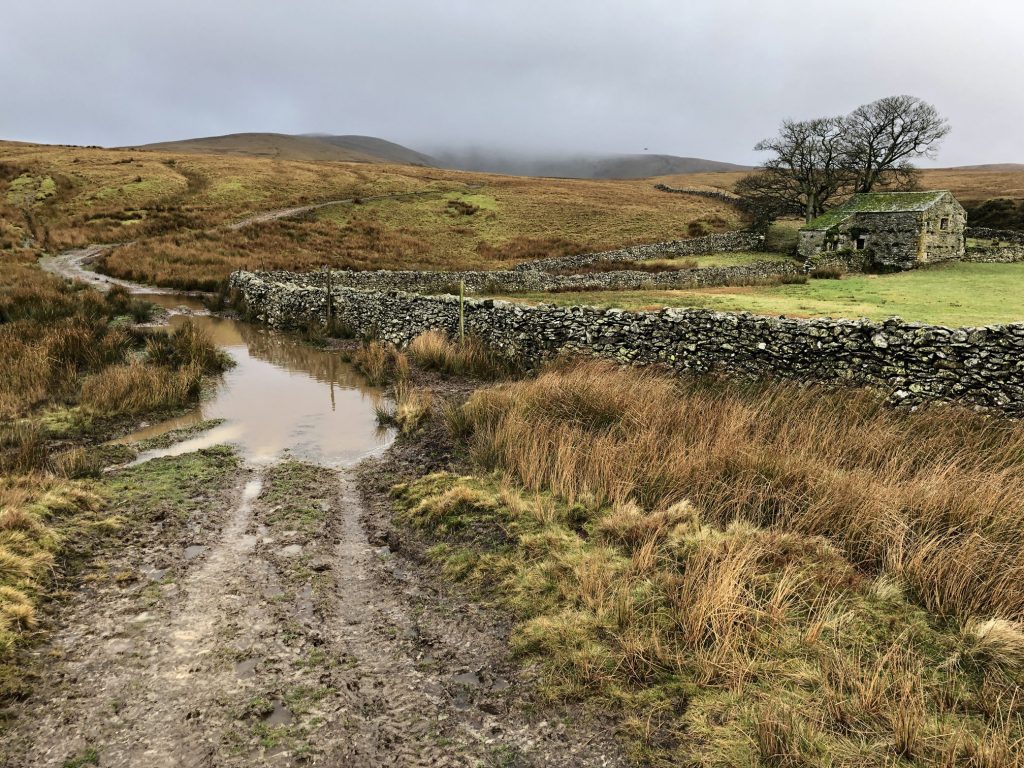
The view north from Thornthwaite towards Ravenstonedale.
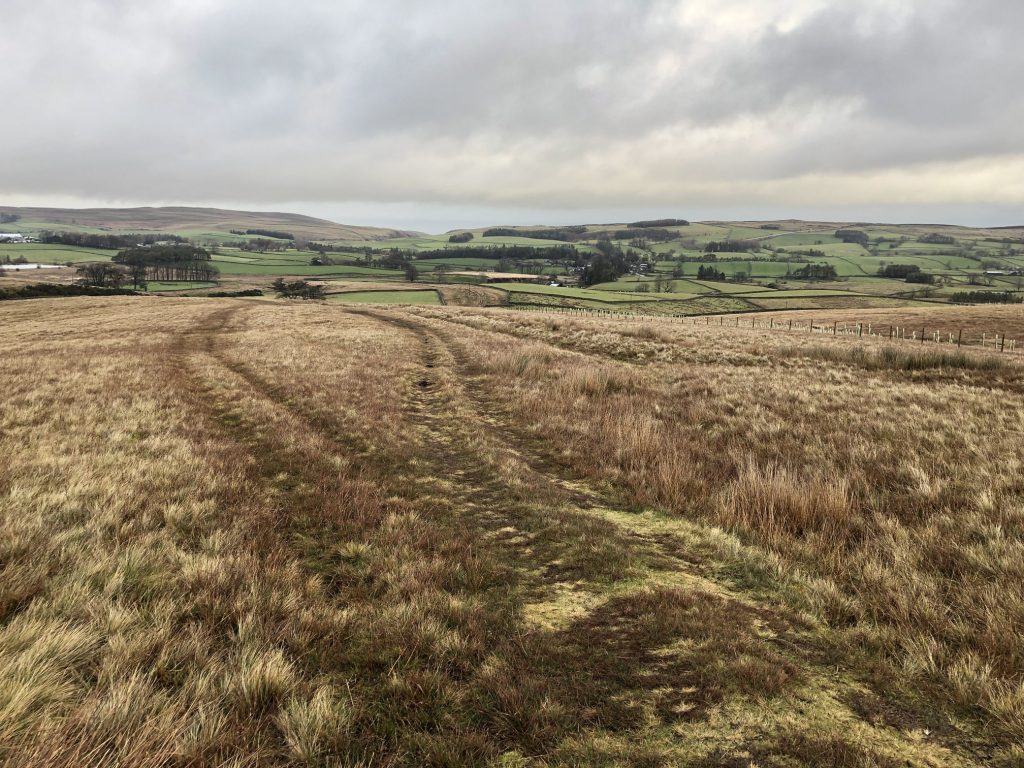
The climb to the top of Green Bell on a cold, wet and misty morning.

The summit of Green Bell, Howgill Fells.
- Height: 605 metres (1985 feet).
- Weather: Raining, windy, cold, foggy.
- Views: None!
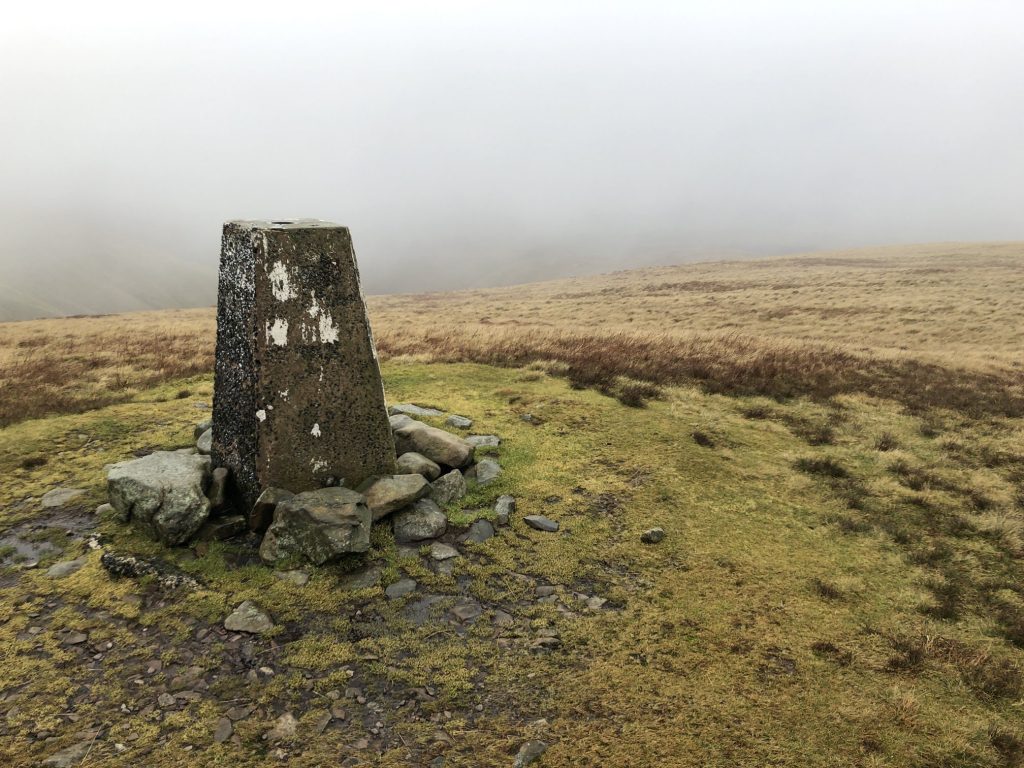
The sun just breaking through the clouds over the hills north of Ravenstonedale.
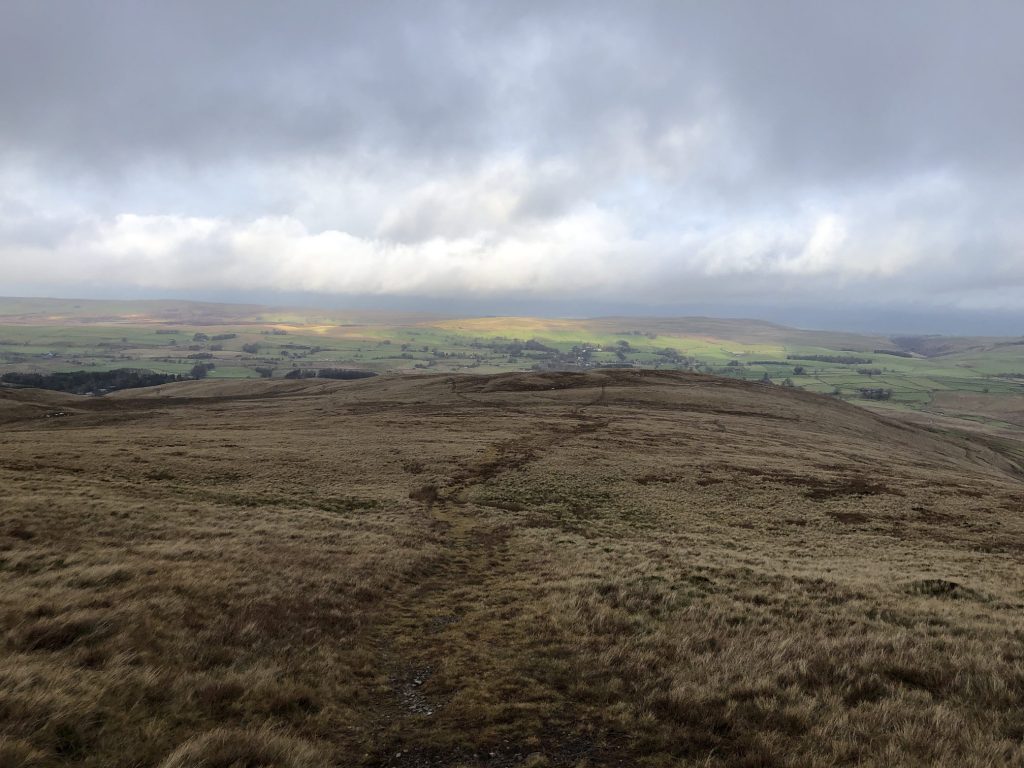
A nice easy road to walk along. Very welcome after the tricky descent of Green Bell across very boggy ground.
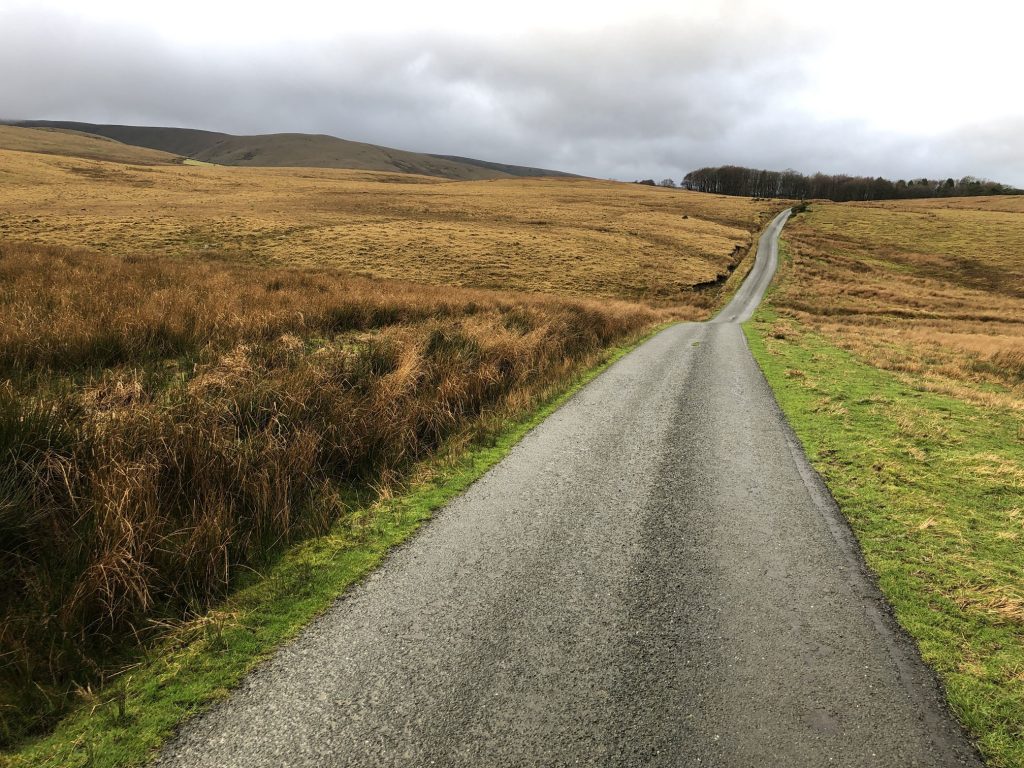
Nature reserve in Newbiggin-on-Lune.
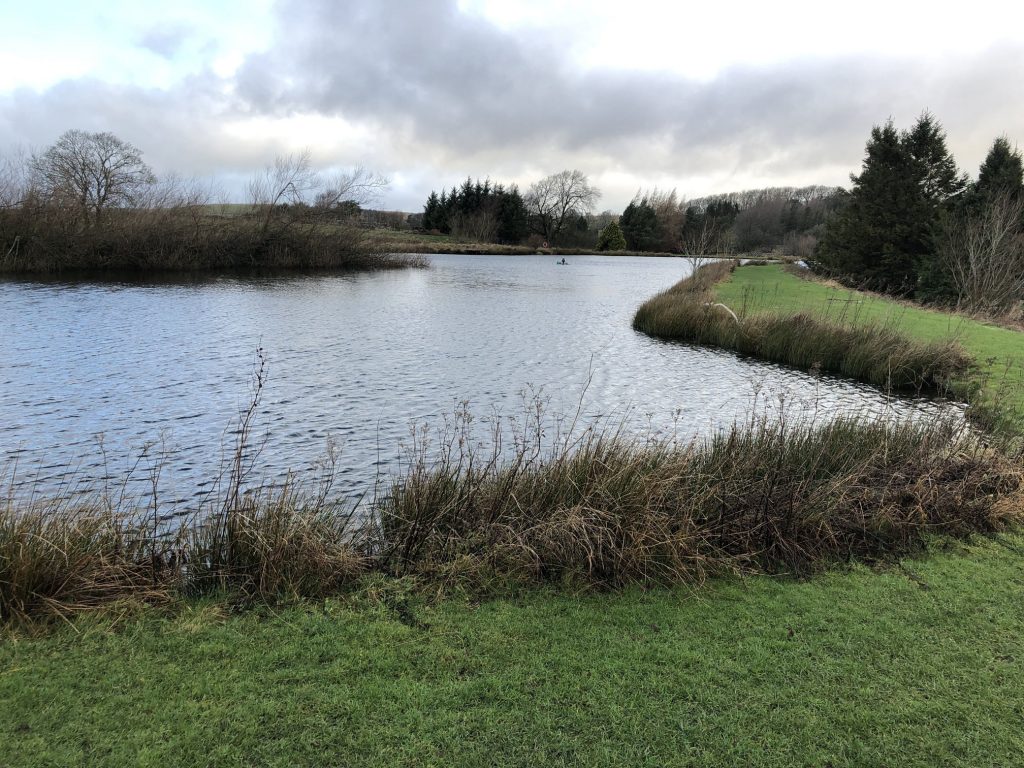
Dismantled railway between Newbiggin-on-Lune and Smargill Gill.
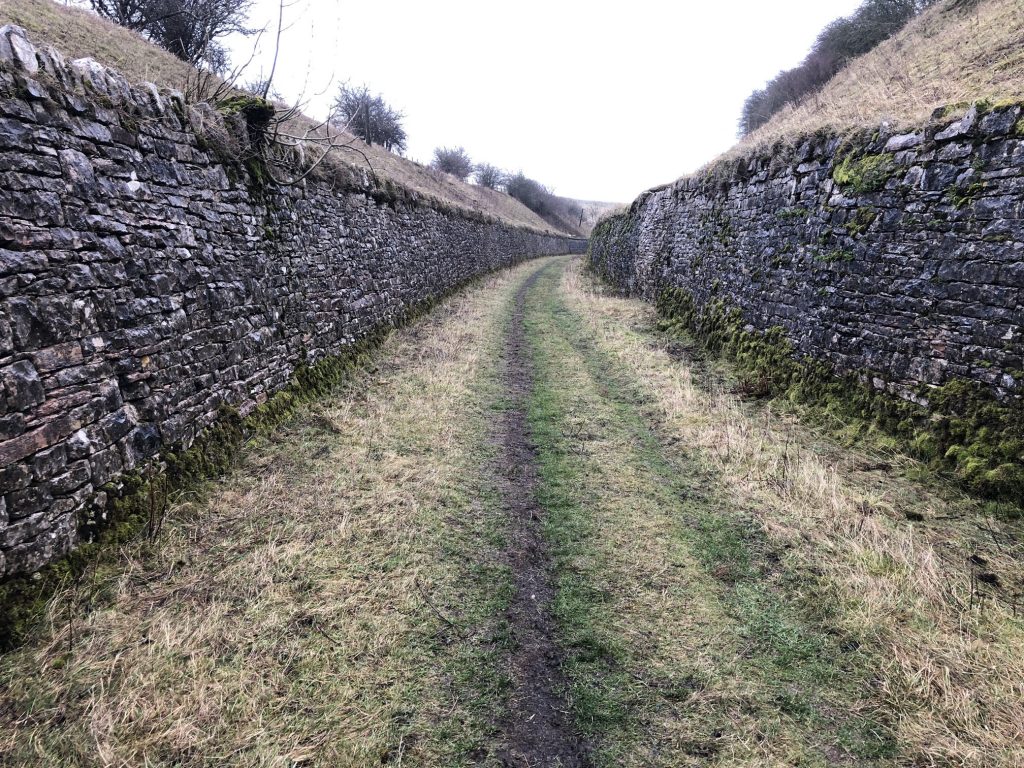
Smardale Gill
Evidence of human activity is abundant. On the hills are ancient Romano-British settlements. Across the valley one can see a pack horse bridge built in the 15th century to cross Scandal Beck. This was a part of the county road, the route of which can be seen continuing up Ash Fell. There was once a pub by the bridge, reputed to be a meeting place for the Kaber Rigg plotters. Features within the dry stone walls reveal evidence of its existence.
Old charcoal pitsteads indicate that the woodland was much more extensive in the valley. The sandstone quarry across the valley was used in the construction of the viaduct. A track now used as a footpath was used to cart the quarried stone. Above the quarry you can see structures known as ‘giants graves’ which are thought to be rabbit warrens set up when rabbits were first introduced into the area for food. It is thought that they are connected with a monastery and deer park, the boundaries of which are still noticeable as embankments and high walls. In the field to the right, remnants of the old field system known as lynchets are still noticeable. In the distance are the Howgill fells.
The river, Scandal Beck, at the bottom of the valley derived its name from a Norse word meaning ‘short valley’. It is a tributary of the River Eden and has been designated within the River Eden and Tributaries Special Area for Conservation (SAC). This is due to its international importance for supporting a range of globally endangered species. These include white-clawed crayfish, bullhead, river lamprey salmon and otter.
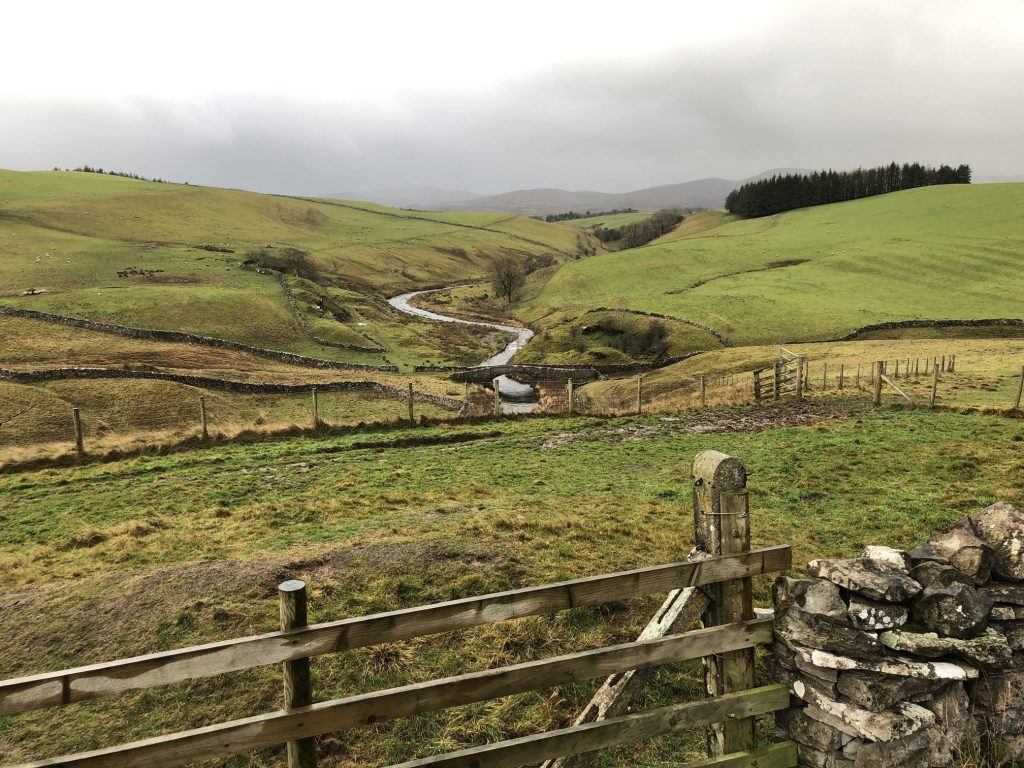
The Smardale lime kilns
Limestone was probably first burnt in England by the Romans to provide the lime mortar needed for their buildings. But it was not until the last quarter of the 17th century that its use became widespread when increased prosperity led to the building of many of the stone farmhouses and barns which are a feature of the area. The lime needed for this was made in small field kilns, and there are the remains of over 300 in this district alone. Later, towards the end of the 18th century, burnt lime began to be used extensively for arable crops and to improve the quality of pasture land.
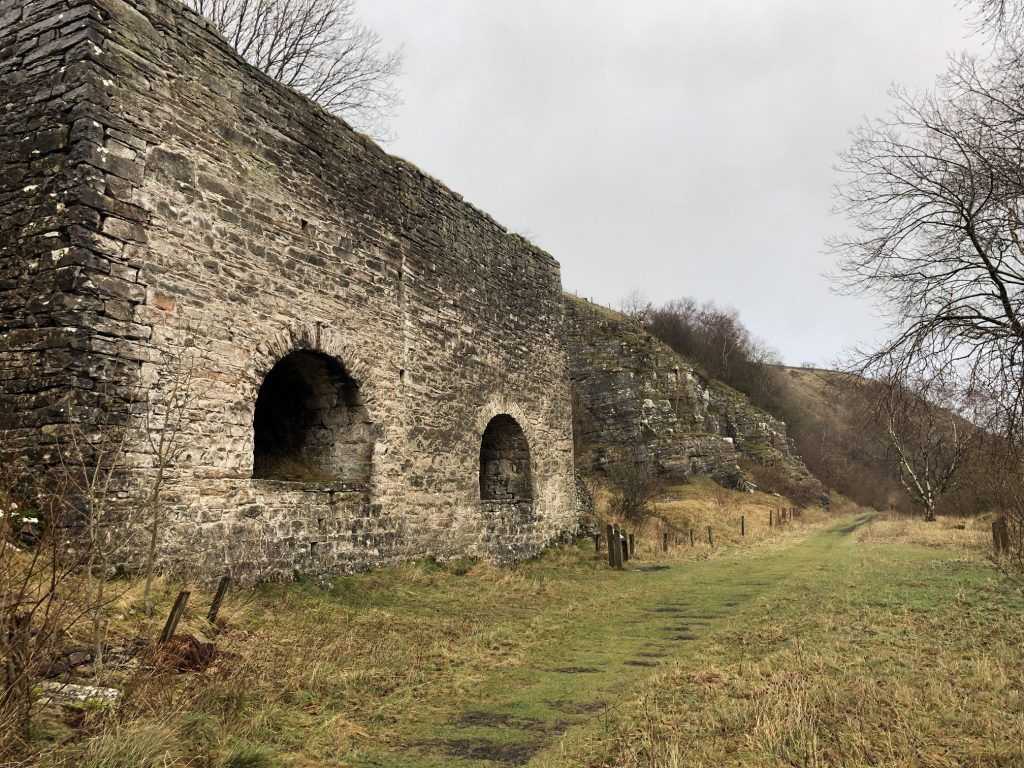
Later still, burnt lime was produced on a much larger scale for industrial purposes. The two Smardale kilns represent an interesting stage between the small field kilns, providing lime for local use, and the great lime works of Horton and Langcliffe. They were built to take advantage of the Tebay-Darlington railway line which was opened in 1861 and are contemporary with it. For some years they supplied lime for the steelworks at Darlington and Barrow, but the quality of the lime was considered not good enough and the kilns ceased to operate before the end of the century.
The method of burning was simple, but involved much hard work carting and carrying stone, and the fumes from the kiln could be noxious. The pot was filled with alternate layers of broken limestone and fuel, usually coal, or later, coke. It was lit from the draw hole and allowed to burn slowly at about 900 degrees centigrade for between two and ten days. The burnt lime, or quicklime, was then drawn out and in this case loaded directly onto the railway wagons standing in the siding. If it was to be used for mortar it had to be slaked by pouring water onto it in a mortar pit when it became hydrated lime. For use on the land it was allowed to stand in small heaps to be slaked by rain, or added to large compost heaps after which it could be spread on the fields.

Smardalegill Viaduct.
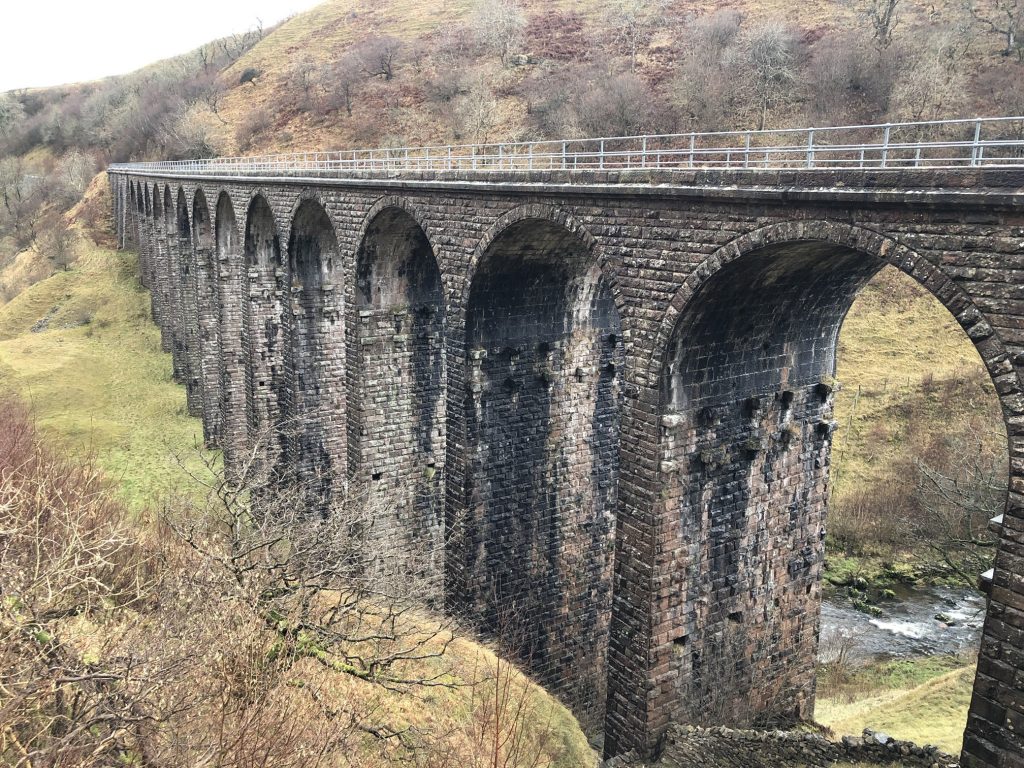
Smardale Gill National Nature Reserve
One of the joys of Smardale Gill National Nature Reserve is its easy access. A wide path, of very little gradient, allows visitors to experience a range of truly glorious, unspoilt habitats, from ancient woodland to flower-rich limestone grassland. This landscape also holds interesting archaeology, from the Romano-British times through to the railway heyday. A visit to the nature reserve transports you to a truly remote area of landscape all easily accessible along its 3.5 mile (6 km) length.
The woodlands are ancient and semi-natural, meaning that there has been a constant covering of trees in the area since at least 1600. Within them there is a large amount of dead wood, providing important habitat for a vast number of insects and woodland birds.
The limestone grasslands of the nature reserve are internationally important. Between May and September, they burst into a glorious display of colour as the plants, which are much more abundant than the grasses, come into flower. These include melancholy thistle, knapweed, wood cranesbill, great burnet, northern marsh butterfly, fragrant and common spotted orchid, common rock rose, wild thyme, bird’s-foot trefoil, salad burnet, limestone bedstraw, devil’s-bit scabious, bloody cranesbill and fell wort.
Smardale Gill NNR is well known for its butterflies. The Scotch argus butterfly occurs at the southern limit of its natural range here; one of only two populations found in England. Adults can be seen flying from August to September and feeding on nectar from plants.
The nature reserve also supports the largest colony of northern brown argus butterfly in east Cumbria. It is on the wing during July. Other butterflies commonly seen at Smardale Gill NNR include dark green fritillary, small heath, small tortoiseshell, meadow brown, red admiral, common blue, comma and orange tip.
The river, Scandal Beck, is a tributary of the river Eden and has been designated within the River Eden and Tributaries Special Area of Conservation (SAC). This is due to its international importance for a range of globally endangered species including white-clawed crayfish, bullhead river lamprey, salmon and otter.
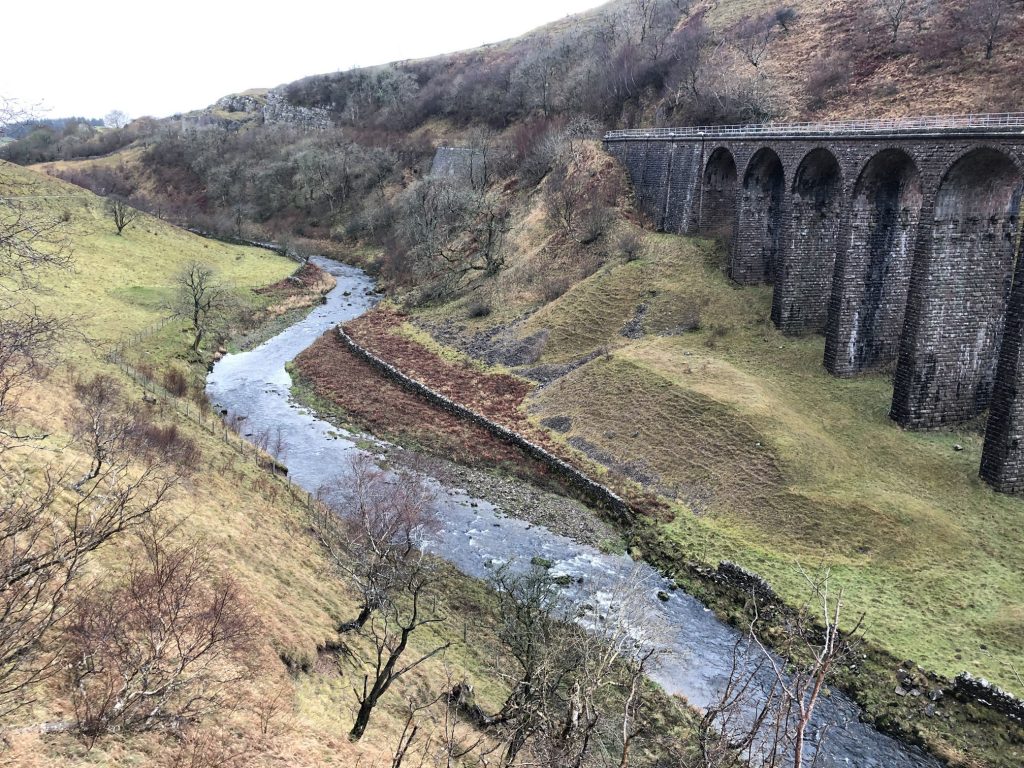
Smardalegill Viaduct.
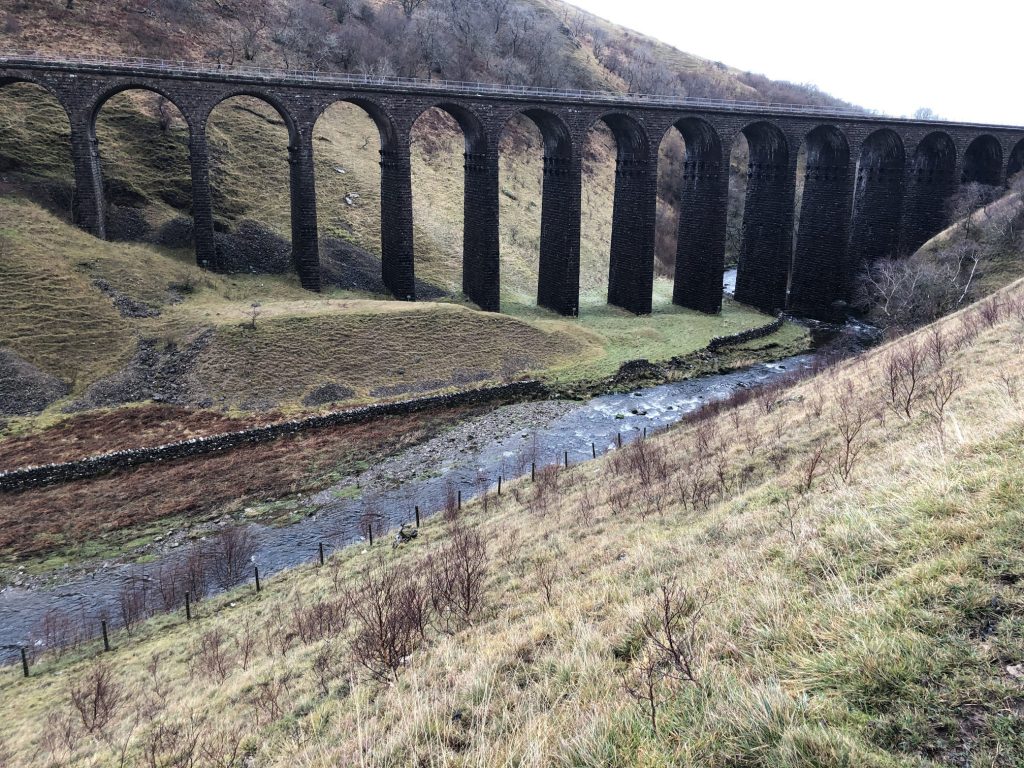
Smardale Gill grassland and flowering plants
The limestone grasslands of the reserve are internationally important. There are two distinctive types.
The mountain hay meadow type, found along the banks beyond the cottages, contains a distinctive group of plants which is unique to the UK. It is estimated that only 1000 ha of this type of grassland occur in the world. Between May and September, the meadow bursts into a glorious display of colour as the plants, which are much more abundant than the grasses, come into flower. Some of the flowering plants that can be found include melancholy thistle, lady’s mantle, knapweed, wood cranesbill, twayblade and great burnett. Orchid species include northern marsh, fragrant and common spotted orchids.
Limestone grassland found in this area is dominated by blue moor grass (itself a rare species). Only 60,000 ha of this type of grassland remain in the UK. It can be most easily seen in the area by the quarry. This type of grassland occurs on thinner less fertile soils and consequently the vegetation is small and not very productive. It is good to get close to the ground to appreciate the fine detail and diversity of the grassland. Distinctive flowers that can be seen include common rock rose, wild thyme, horse shoe vetch, bird’s foot trefoil, salad burnett, limestone bedstraw, devil’s bit scabious, bloody cranesbill and fell wort.
Grassland areas require management to prevent the spread of scrub and trees which would turn the area into woodland. To do this the reserve is grazed during the winter. This allows plants to flower and set seed during the summer. Scrub is also cut by volunteers during organised work parties to assist sheep in their task.
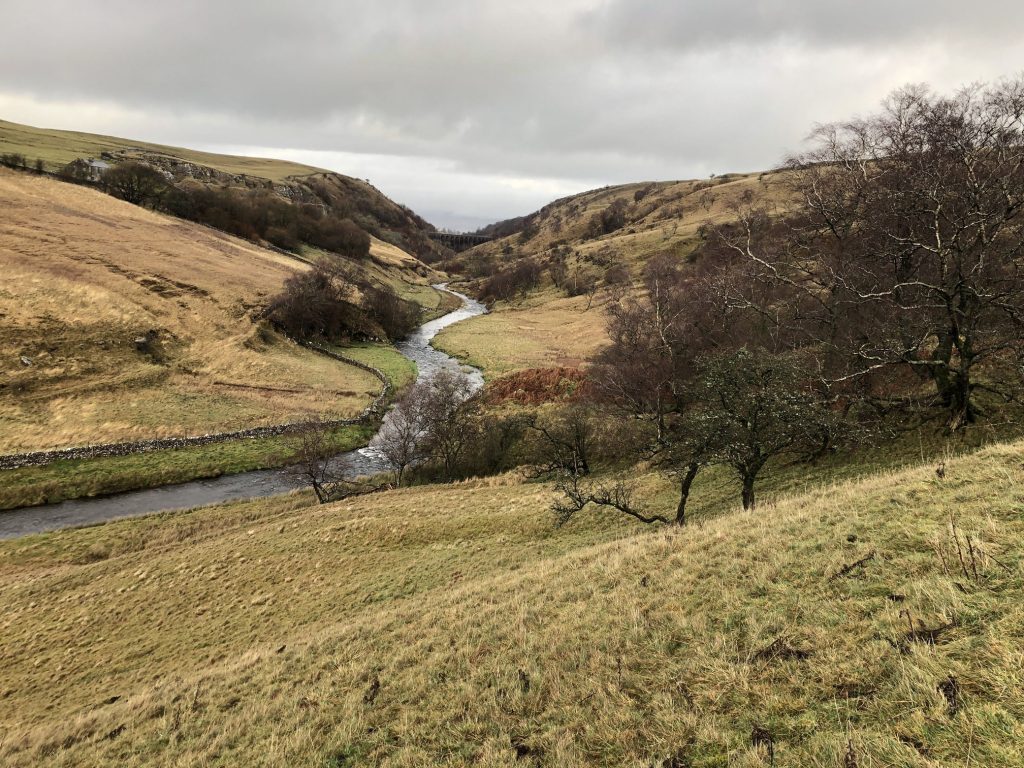
Pack horse bridge built in the 15th century to cross Scandal Beck.
